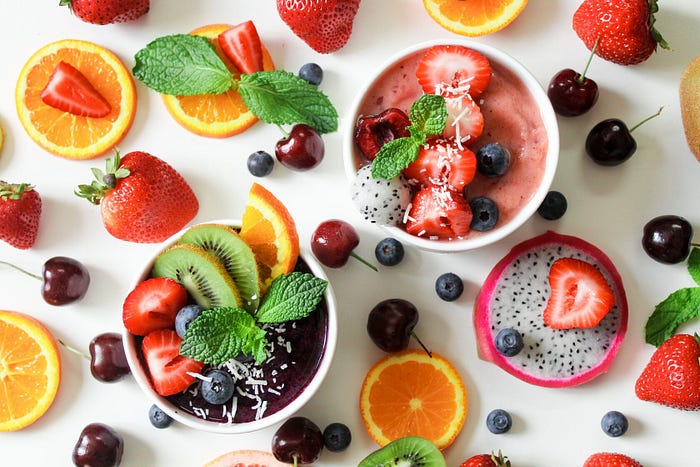Have you ever noticed these 4 letters on food packages or product descriptions? Do you know or have ever considered what NOVA means? In this brief article, we will cover what is NOVA and how it helps us navigate complicated nutritional labels at super markets.
Why NOVA?
As the pace of life is speeding up, food industries adapt to these changes accordingly. Have you noticed that now we are exposed to such a huge range of prepared or frozen meals that allow you to spend no more than 10 minutes in kitchen? Seems comforting, but that comfort eventually pays back at a high price.
Most of these ready-to-eat food products are highly processed and filled with fat, sugar and salt. If these products are consumed with no strict moderation, the quick and easy pleasure can eventually turn into unpleasant non-communicable disease. In fact, these diseases are responsible for 36 million deaths every year worldwide.

At first glance, it might seem that the food industry came up with another complicated term that is designed only to confuse rather than inform you about food products. But if you know the true meaning of this classification system, you will realise that it is designed to help choose the best product on the shelf rather than mislead you.
NOVA classifies food into 4 groups which explain the extent and purpose of industrial food processing. This means that if you follow and understand this classification, you can make informed food purchasing decisions and choose products that are not insanely processed and filled with additives, artificial flavours or colourings before ending up on your plate.
What are 4 NOVA groups?

Group 1. Unprocessed or minimally processed foods
Foods assigned to Group 1 are natural foods which properties were not chemically improved or changed — they are edible parts of plants (fruits, nuts, seeds) or animals (cheese, milk, meat). Unless some minimal changes were made, let’s say to remove unwanted or unnecessary parts of a product. In some cases, it is done to preserve the quality of that products so that it could be stored or transferred.#nbsp;
Eggs, vegetables, fruits, coffee, rice, fish, nuts, scents are the most common foods assigned to this group.

Group 2. Processed culinary ingredients
Foods assigned to Group 2 are derived from Group 1 or from natural sources and their food properties are usually completely different from the original ones.
These products are usually consumed only in combination with foods from other groups to intensify the taste, smell or texture of various meals. You might know these products as culinary ingredients: vegetable oils, sugar, salt, honey or flour. All these products derived from natural foods that were extracted, collected, pressed or crushed in order to prepare these culinary ingredients.

Group 3. Processed foods
These products are prepared by combining foods from Group 1 (unprocessed or minimally processed foods) with Group 2 ( processed culinary ingredients). The best examples of these products are salted nuts or meat, smoked or canned fish, cheeses or bread. As you might notice all these products are made using different preservation techniques: by adding salt to nuts or meat, using non-alcoholic fermentation techniques to prepare cheese or bread.

Group 4. Ultra-processed foods
Foods assigned to this group have nothing to do with natural foods (Group 1) and are made from such chemical ingredients as additives and other ultra-processed ingredients. The main purpose of these types of foods is to create products that are flavorful, has a pleasant smell, appearance and it’s easy to store. Also, these products are made from low-cost ingredients and are highly profitable for food companies that can pack them in a shiny package, stick promising labels and sell cheaply in high quantities.
The most common examples of these foods are soft drinks, instant noodles, ready-to-eat meals, frozen meals.
Quick advice
To put it shortly:
- Try to avoid products from Group 4 as they are highly processed and contains a number of additives, artificial colouring and artificial flavours.
- Stick to food products from Group 1 and 2 and consume products from Group 3 in moderation
- Use the JollyGut app that informs you about the level of the procession of your chosen food products#nbsp;
JollyGut warns about NOVA
If you want to get informed about the level of the procession of certain food products without spending time and effort checking food labels, simply install the JollyGut app or Browser Extension.#nbsp;
Scan any food product and the app warns you how processed is it! Just take a look:

Deciphering food labels and ingredients lists should not require superhuman powers. Install JollyGut and the app will do these calculations for YOU!#nbsp;
